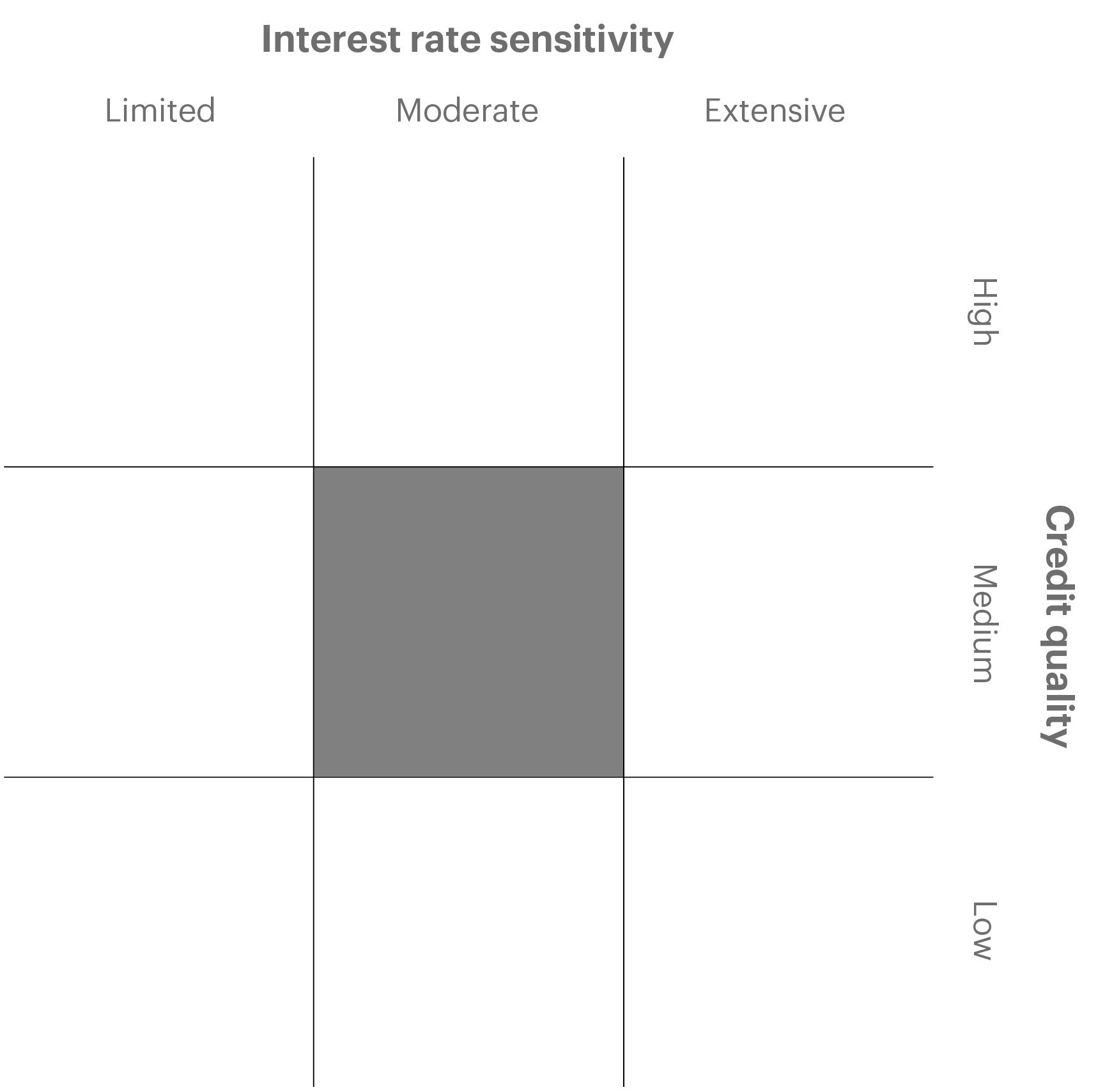Average annual returns
Average annual returns
(as of 11/30/2025)|
1M
|
3M
|
YTD
|
1Y
|
3Y
|
5Y
|
10Y
|
Inception
|
|
|---|---|---|---|---|---|---|---|---|
|
Fund
NAV
Market Price
|
0.58
|
2.27
|
7.50
|
-
|
-
|
-
|
-
|
5.47
|
|
0.42
|
2.23
|
7.37
|
-
|
-
|
-
|
-
|
5.60
|
|
|
Bloomberg U.S. Aggregate Bond Index
|
0.62
|
2.35
|
7.46
|
-
|
-
|
-
|
-
|
5.48
|
One-month, three-month and year-to-date returns are not annualized.
Figures quoted represent past performance, which is no guarantee of future results, and do not reflect taxes that a shareholder may pay on an investment in a fund. Investment return, principal value, and yields of an investment will fluctuate so that an investor's shares, when sold, may be worth more or less than their original cost. Current performance may be lower or higher than the performance data quoted and assumes the reinvestment of dividends and capital gains.
Calendar year
Calendar year
Data is unavailable at this time, please check back later.
Growth of $10,000
Growth of a $10,000 investment
(as of 11/30/2025)This chart shows the value of a hypothetical $10,000 investment in the fund over the specified time period up to 10 years or since its inception (for funds lacking 10-year records). The result is compared with benchmarks, which may include a broad-based market index and a peer group average or index. Market indexes do not include expenses, which are deducted from fund returns as well as mutual fund averages and indexes.
Does not include sales charges and assumes reinvestment of dividends and capital gains. If sales charges were included, returns would be lower.







